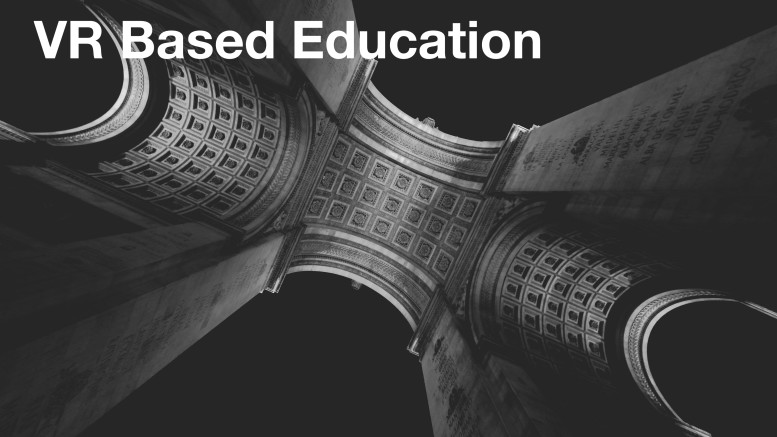85% of respondents in a survey conducted by unimersiv are willing to pay that much for a good VR educational experience. As VR influenced education platforms and content are taking shape, some companies have emerged to the forefront in this niche to provide value to the customers. These are Unimersiv, Immersive VR education and Discovr. Since this is still very new, there has not been a large awareness drive for this market segment. That is changing fast. A majority of the content currently available focuses on history, geography and sciences. These content products are designed to produce an immersive learning experience for the users.
An article published on insidehighered.com last year argued that virtual reality would not have so much impact on higher education. The author suggested that Education requires a personal relationship between educators and learners. Education requires that the learner produce, not simply consume or experience.The price of an education that is about consuming information is rapidly dropping to zero.
The value of an education that is about collaborating with and learning directly and personally from skilled educators is only going up.
This summer, my 10-year-old nephew spent his summer at a coding camp. As emphasis on STEM programs is becoming prevalent in the education sector. More and more kids are looking for hands on approach to understanding and learning the sciences. My nephew was attracted to the coding experience camp not because the coding experiences focused on developing complex algorithms or showcasing how to say “Hello World” in 12 different ways but focused on developing gaming experience. He was super excited about learning to code and develop his own games. He wanted to work with his camp mates to think through the various aspects of his game design and also reuse code where he can. I think that he is onto something.
As new gaming platforms evolve for VR/AR platforms, there will a new generation of coders and gamers that would want to learn how to grapple with the sophistication of these VR platforms. What better way to teach coding to these emerging coders than use a VR based platform? By using an educational VR platform that focuses on coding and generating immersive experiences for gaming, companies can attract a lot of young consumers. As these young consumers engage in the VR experience they will be eager to learn more about the sciences. For a second think about one of the biggest impediments to VR experiences, motion sickness. As you begin to develop and write code for your gaming scenarios you will have to think about these issues. You will have to learn about vestibular system, and non-vestibular proprioceptors. These challenges will only increase curiosity into the sciences and will sustain healthy learning. What 12 year old wouldn’t want to build the next “Bullet train VR demo”.
I think that companies in the educational VR segment understand this and are designing content that is more interactive and focuses on the gamification of learning experiences. One particular example is “Where is the history teacher” from Unimersiv. It requires the young user to use his or her problem solving skills to find the history teacher that disappeared in the park last night. One needs to use sense of logic, history knowledge and problem solving skills. Companies such as Unimersiv are experimenting with different formats and are building a good library of content for this market. For middle and high school students that are aspiring to learn more about VR Gaming design and coding, I do see the next udemy.com that focuses on a rich VR platform to teach coding, gaming design and the associated sciences.

Be the first to comment on "Willing to pay $5 or $10 for a good VR educational experience?"